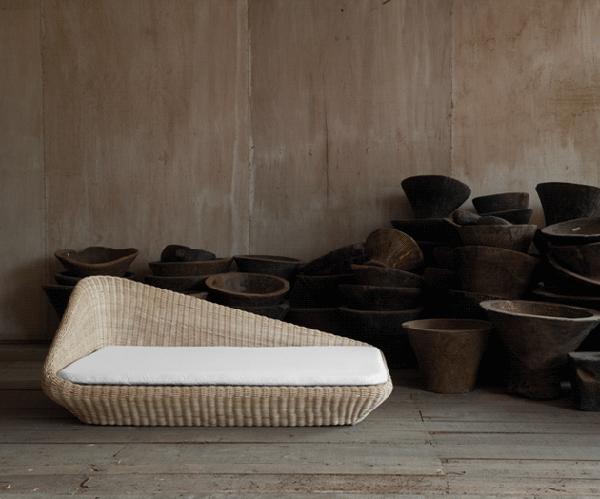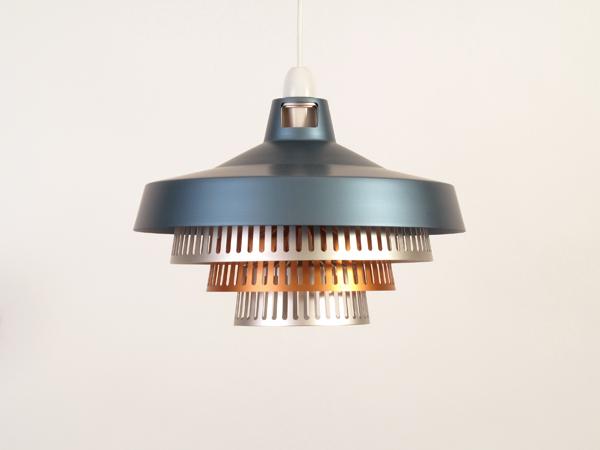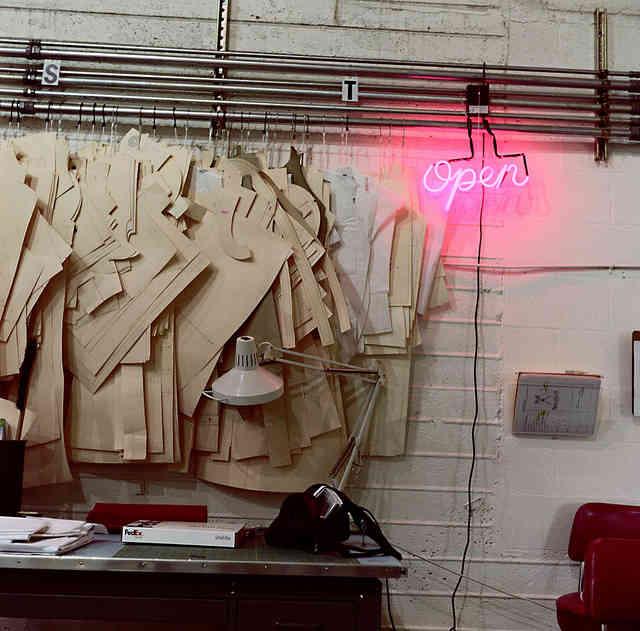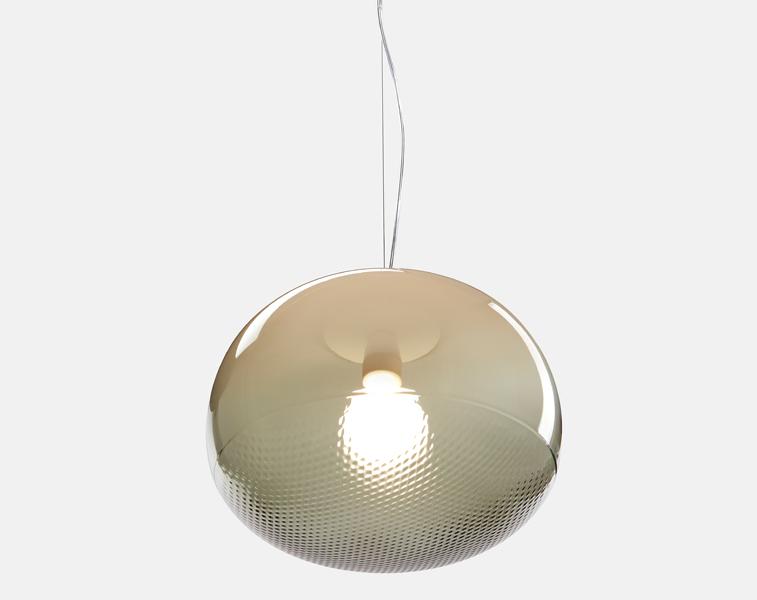
02.26.13
Excerpt: Book
Katrin Greiling’s Tata Lookbook
The first time Katrin Greiling visited Indonesia, back in 2011 on a Swedish Arts Grant, she arrived, as she always does, with her camera. The Stockholm-based designer got her first camera when she was 10, flirted with the idea of photography school, and now, in addition to her design practice, shoots portraits and interiors for publications like Wallpaper, Abitare, and Form. But photography is more than just a hobby for Greiling. She was in Indodesia to produce a daybed for Kvadrat’s Hallingdal 65 project, but she soon found that she couldn’t stop herself from photographing the rattan production going on in the same furniture workshop, a sheet-metal structure wedged among Java’s dense architecture. “Photography legitimizes me to be in certain circumstances, to come closer to a subject than a normal visitor would,” she says. By photographing the workers and their process, she came to understand rattan’s properties. It suddenly came to her: “Of course I had to work with rattan."


